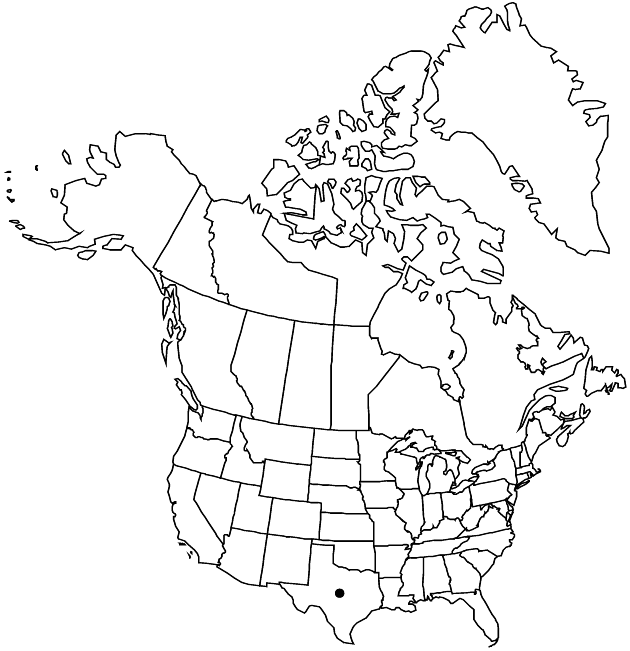Liatris cymosa
Just’s Bot. Jahresber. 27(1): 528. 1901.
Plants 20–75 cm. Corms globose to elongate-globose. Stems strigoso-puberulent. Leaves: basal and proximal cauline 1-nerved, linear to narrowly oblanceolate, 80–120 × 2–5 mm, gradually reduced distally or abruptly reduced on distal 1/2 of stems, essentially glabrous (margins proximally piloso-ciliate). Heads (2–20+) in open, cymiform arrays. Peduncles 20–70 mm (bracteate). Involucres cylindro-campanulate, 14–17 × 8–11 mm. Phyllaries in 5–7 series, broadly oblong-obovate (outer) to broadly oblong, strongly unequal, sparsely short-pilose, margins without hyaline borders, ciliolate, apices rounded, sometimes mucronate. Florets 20–25; corolla-tubes glabrous inside. Cypselae 6–7 mm; pappi: lengths ± equaling corollas, bristles plumose.
Phenology: Flowering (Jul–)Aug–Oct.
Habitat: Post oak woodlands, fields, fencerows, openings, edges, clay soils
Elevation: 50–100 m
Discussion
Of conservation concern.
Selected References
None.
Lower Taxa
"plumose" is not a number."fine" is not a number.
